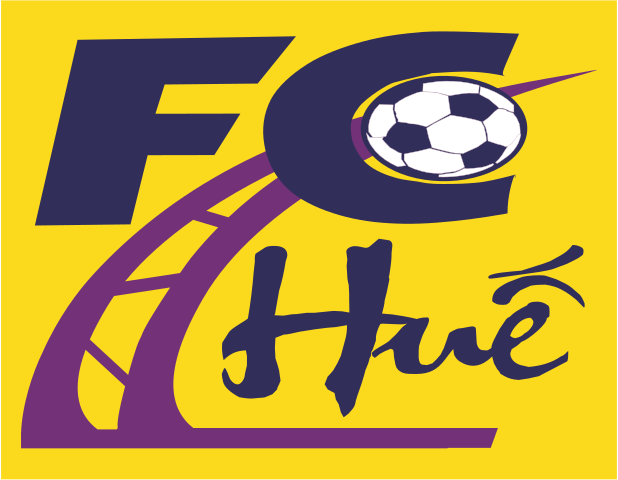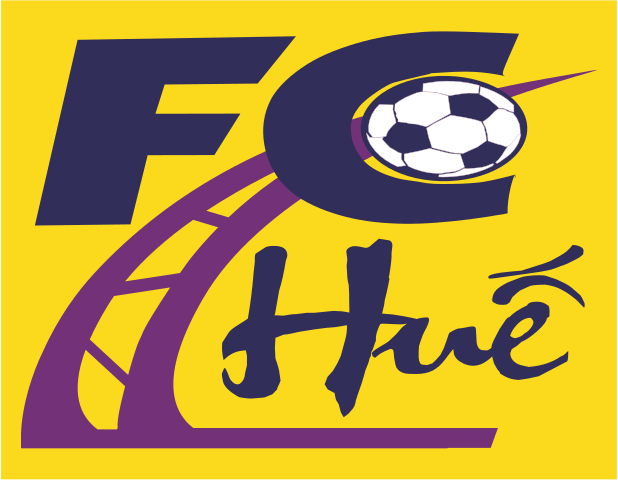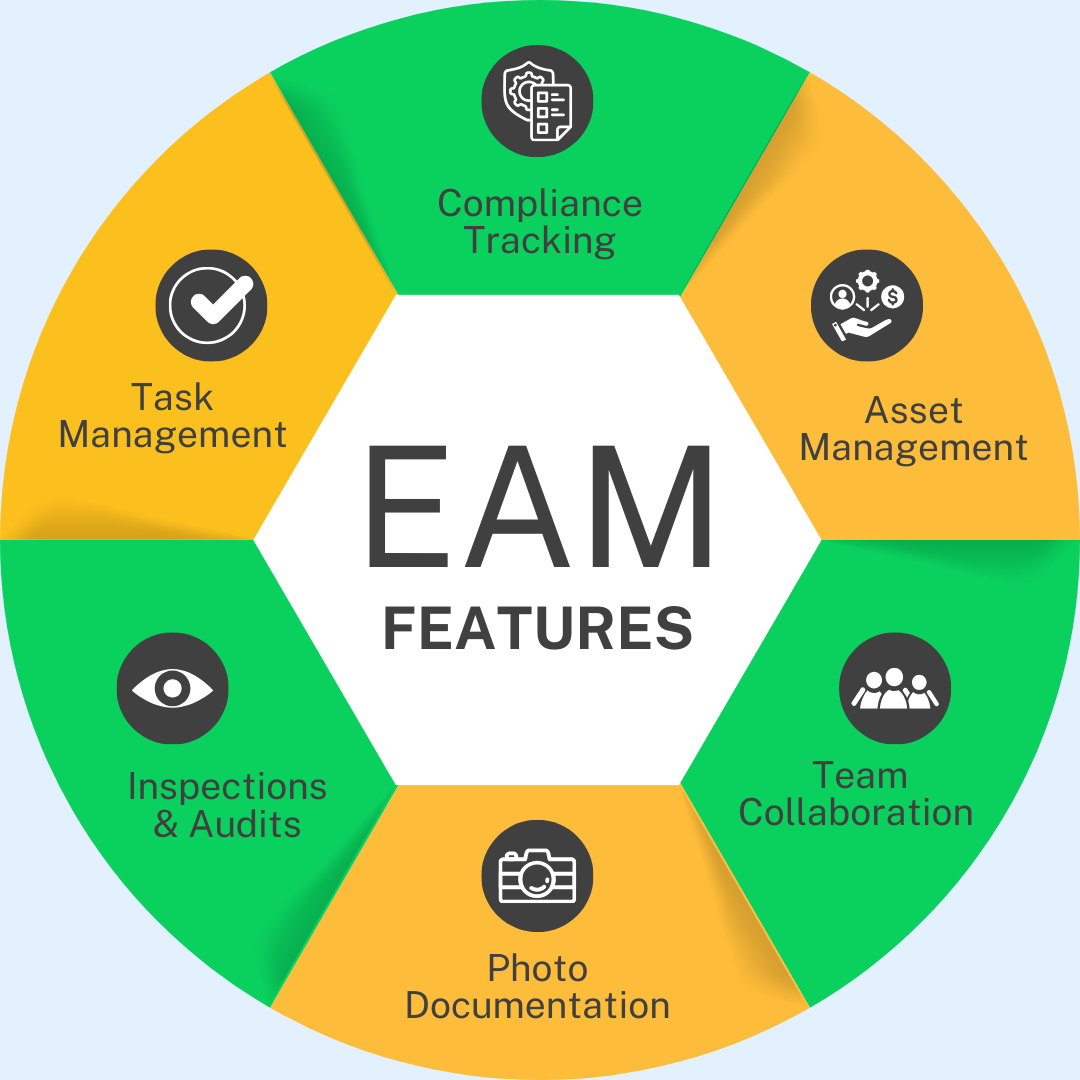A strategic mapping of the UK Enterprise Asset Management Competitive Landscape reveals a mature and deeply entrenched market where different categories of players, from global ERP giants to specialized best-of-breed vendors, compete for the loyalty of the UK's asset-intensive industries. The landscape can be understood as having two primary poles. On one end are the major global Enterprise Resource Planning (ERP) and enterprise software vendors, such as SAP, Oracle, and IBM. IBM, with its long-standing Maximo platform, has a dominant position, particularly in the UK's utilities, transport, and energy sectors. SAP and Oracle compete by offering an EAM module as a core, and deeply integrated, component of their broader ERP suites. The competitive strategy of these giants is to offer a single, unified platform for managing all of an organization's core processes, from finance and supply chain to maintenance. Their value proposition is the power of the integrated suite, offering a single source of truth and reducing the complexity of managing multiple vendors. The UK Enterprise Asset Management Market is expected to reach USD 800 Million by 2035, growing at a CAGR of 4.365% during the forecast period 2025-2035. These established players are aggressively modernizing their platforms with cloud and IoT capabilities to defend their market share.
At the other end of the spectrum is a vibrant and highly competitive category of "best-of-breed" EAM specialists. This category includes well-known global leaders like Infor and IFS, who have a very strong presence in the UK market, particularly in manufacturing, public sector, and aerospace & defense. Unlike the ERP giants, these companies' entire focus is on asset and service management. Their competitive strategy is to offer deeper functionality, more industry-specific capabilities, and a more user-friendly experience than the more generic EAM modules from the ERP providers. They compete on the basis of their deep domain expertise and their ability to innovate more rapidly in key areas like predictive maintenance, mobile EAM, and asset performance management (APM). This segment also includes a number of smaller, often UK-based, specialists who have carved out a niche in specific sub-segments, such as fleet management or facilities management, competing on the basis of their agility and deep understanding of local UK market needs and regulations.
The future of the competitive landscape in the UK will be defined by the race to offer the most intelligent, connected, and user-friendly cloud platform. The lines between the traditional players are blurring, as the ERP giants are investing heavily to improve the depth of their EAM modules, and the best-of-breed specialists are building better integration capabilities with ERP systems. The ultimate competitive battleground, however, will be the ability to leverage next-generation technologies. The vendor that can offer the most powerful and easy-to-use platform for integrating data from the Internet of Things (IoT), for applying artificial intelligence (AI) to enable predictive maintenance, and for providing an intuitive mobile experience for the field technician will have a significant competitive advantage. The strength of a vendor's local UK partner ecosystem, including system integrators and strategic consultants, will also be a key factor in winning and successfully delivering projects. The future of the competitive landscape will belong to the players who can most successfully deliver a truly connected and intelligent asset management platform for the era of Industry 4.0.
Top Trending Reports -
Japan Security Orchestration Automation And Response Market
Mexico Security Orchestration Automation And Response Market
South Korea Security Orchestration Automation And Response Market



